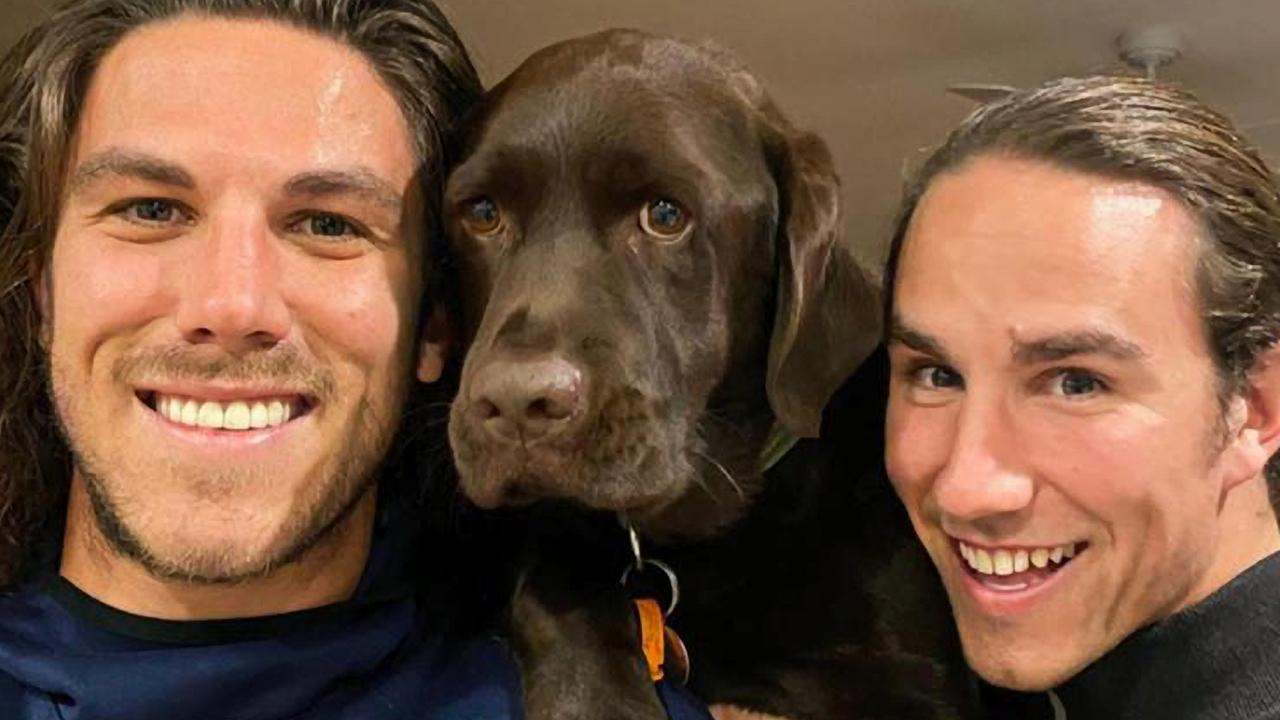Accused cop killer David Eastman cleared of murdering AFP assistant commissioner Colin Winchester
David Eastman has been cleared of murdering Australian Federal Police assistant commissioner Colin Winchester after claiming the Calabrian mafia did it. But, writes Keith Moor, there’s various strands of evidence suggesting otherwise.
Crime in Focus
Don't miss out on the headlines from Crime in Focus. Followed categories will be added to My News.
Accused cop killer David Eastman has spent decades blaming the Calabrian mafia for murdering assistant commissioner Colin Winchester.
His tactic worked as “the mafia did it” claim played a major part in a jury on Thursday finding him not guilty of the 1989 murder after a retrial.
They did so despite there being very little credible evidence that the Calabrian mafia played any role in the murder of the top Australian Federal Police agent.
EASTMAN NOT GUILTY OF WINCHESTER MURDER
GRIFFITH MAFIA BOSS TONY SERGI DIES
KILLER OF MURDERED TODDLER ACQUITTED
The not guilty verdict in the ACT Supreme Court came after a six-month trial, during which jury members heard from 127 witnesses and had statements read out from 41 others.
Mr Eastman, 73, was found guilty by another jury in 1995 and spent 19 years behind bars.
He was released in 2014 after a judicial inquiry found the guilty verdict was based on “deeply flawed forensic evidence”.
Acting Justice Brian Martin said he was “fairly certain” Mr Eastman committed the murder but found his sentence of life in jail without parole was a substantial miscarriage of justice that warranted his 1995 murder conviction being quashed.
Mr Eastman is now expected to pursue a compensation claim for the 19 years he spent behind bars.

Compensation precedents have been set by the other high profile cases of Lindy Chamberlain and Andrew Mallard.
Ms Chamberlain received $1.3 million in compensation in 1992 after being wrongly convicted of killing her baby daughter Azaria in 1980. Mr Mallard got $3.25 million in 2009 after spending 12 years in jail before being exonerated over the 1994 murder of Perth jeweller Pamela Lawrence.
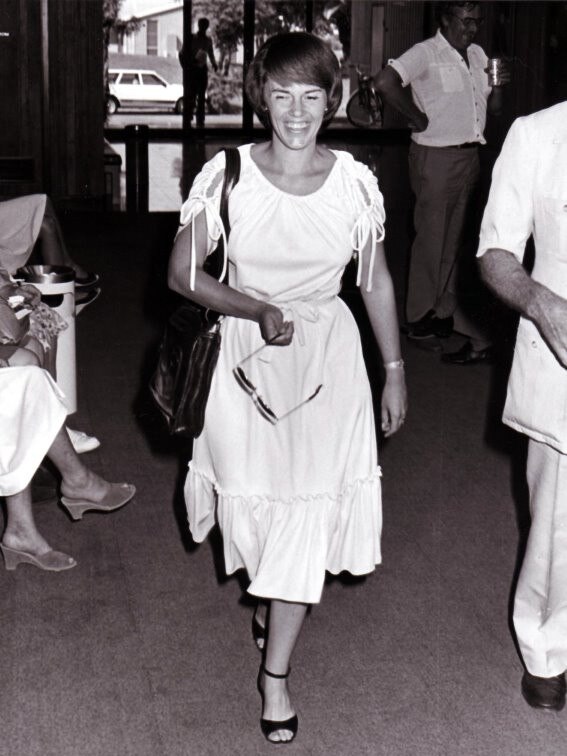
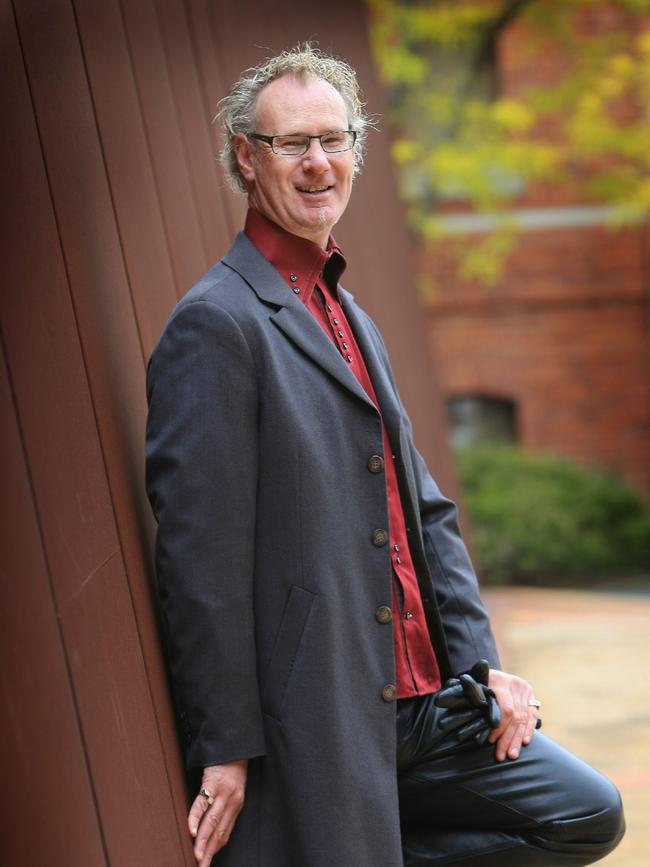
There were no witnesses to the two quick head shots from a .22 Ruger rifle that ended Mr Winchester’s life as he was about to climb out from behind the wheel of his Ford Falcon about 9.15pm on January 10, 1989.
He had just driven his unmarked police car into the driveway next door to his Lawley St home in the Canberra suburb of Deakin.
Mr Winchester, 55, had an arrangement with his elderly widowed neighbour to give her some security by leaving his car in her driveway overnight.
The killer waited for the married father of two to open the car door and start getting out before making his move.

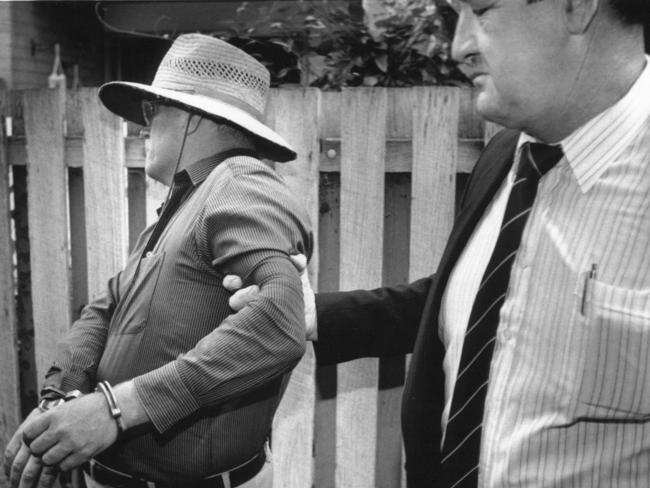
Blaming somebody else is a proven tactic defence barristers use all the time in murder cases as — if they succeed in putting reasonable doubt in the mind of just one juror — their client walks free.
It’s how Colin Lovitt, QC, got Greg Domaszewicz acquitted of the 1997 murder of Moe toddler Jaidyn Leskie.
While they were in the witness box during Domaszewicz’s trial, Mr Lovitt expertly goaded the Moe characters responsible for throwing a severed pig’s head at Domaszewicz’s window the night Jaidyn disappeared while being babysat by Domaszewicz.
They lost it big time, swearing and making threats against Mr Lovitt, with Mr Lovitt later telling jury members if any one of them even thought in the back of their minds that one of the Moe characters might have done it they had to find Domaszewicz not guilty — which they did.
LOST EVIDENCE TWIST IN JAIDYN LESKIE MURDER MYSTERY
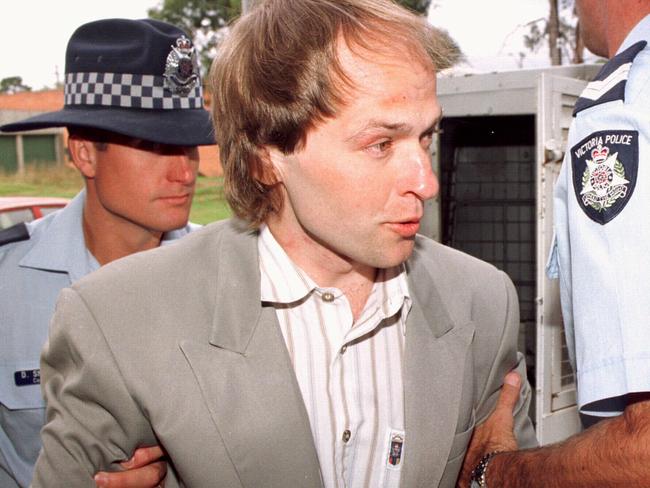
Mr Eastman first wrote to this reporter in 1999 to pursue the ‘mafia did it’ line.
He told me he believed those who ordered the death of anti-drug campaigner Donald Mackay in 1977 also murdered Mr Winchester.
Mr Eastman claimed the Griffith-based Sergi Calabrian mafia clan probably organised the Winchester hit.
The Sergi clan was also suspected of arranging the murder of Mr Mackay because of the effect his anti-drug stance was having on its flourishing marijuana business.
In a letter to me from jail in 1999, Mr Eastman said the Australian Bureau of Criminal Intelligence produced a report in 1990 which stated: “On the balance of probabilities, Colin Winchester was murdered by the Sergi clan within the Calabrian organised crime community.’’
He claimed the ABCI sent a copy of the report to Coroner Ron Cahill, who conducted the Winchester inquest, but that neither he nor police acted on it.
“So far as I am aware, the AFP never put the Sergi clan under surveillance, nor conducted any other investigation into them, following the receipt of the ABCI report,” Mr Eastman claimed in the letter.

He was correct in that there was an intelligence report prepared by the ABCI that did put forward the hypothesis that the Calabrian mafia was responsible for murdering Mr Winchester.
But it was an early report that was superseded by other documents which came to different conclusions and didn’t support the “mafia did it” scenario painted by Mr Eastman in his letter to me, a claim which his legal team continued to vigorously pursue during his retrial this year.
The AFP stated publicly on its website in 2009, on the 20th anniversary of the Winchester murder, that a comprehensive investigation failed to find any evidence to support allegations of Calabrian mafia involvement.
Mr Eastman leapt on the mafia did it bandwagon because the Italian organised crime syndicate was an obvious suspect from day one.
Mr Winchester was a key figure in an undercover operation involving a police informer that resulted in 11 alleged mafia members charged over a marijuana crop in the New South Wales town of Bungendore.
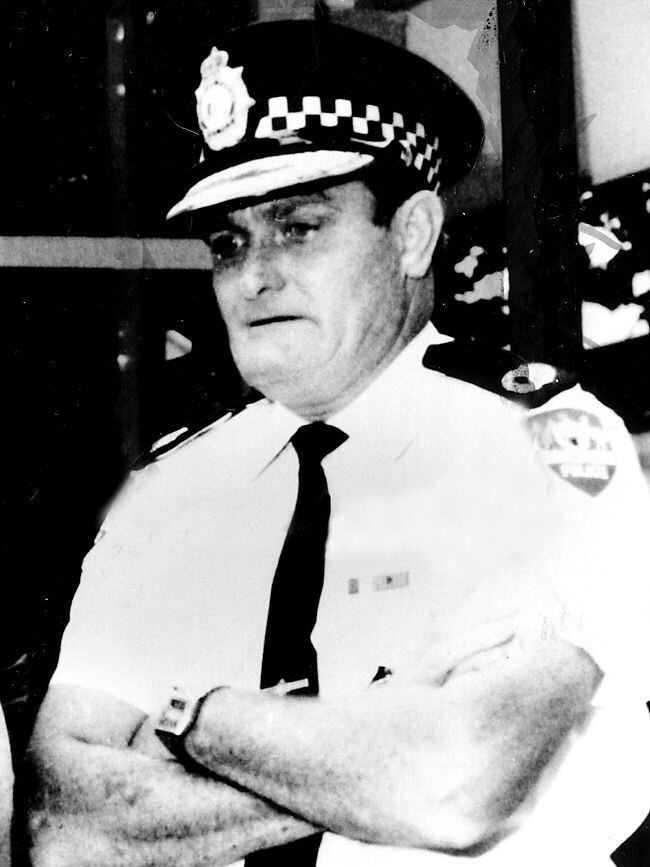
Some of those charged had been led to believe Mr Winchester was protecting them in return for money and felt doublecrossed.
But he had actually been working with the informer to try to penetrate the gang and get convictions.
The jury members who on Thursday acquitted Mr Eastman did not hear from some witnesses who gave evidence at his first trial in 1995 as they were either dead or not available.
And, with the passage of time, some witnesses in this year’s trial could not remember details of the evidence they gave in the 1995 trial.
In a submission to the Martin inquiry that led to Mr Eastman being freed and the retrial, the ACT Director of Public Prosecutions argued that even leaving out the disputed forensic evidence the case against Mr Eastman was still overwhelming.
The submission said the various strands of evidence pointing to Mr Eastman’s guilt included:
EASTMAN had a motive to murder Mr Winchester because he was desperate to get back into the public service but was unlikely to succeed because of an outstanding charge that he assaulted his neighbour, Andrew Russo. Mr Eastman failed in his attempt to persuade Mr Winchester to drop the assault charge.
A LETTER confirming Mr Winchester would not intervene in the assault case was delivered to Mr Eastman on the morning of the murder.
EASTMAN had demonstrated ill feeling towards Mr Winchester. One of Eastman’s lawyers, Dennis Barbara, gave evidence that in an emotional tirade Eastman told him: “I will kill Winchester and get the Ombudsman too”. Mr Eastman’s doctor, Dennis Roantree, gave evidence that Mr Eastman came to see him after meeting Mr Winchester and said he felt like pushing Mr Winchester off his chair as he was making him so angry.
THE charge of assaulting Russo led to Eastman having an intense hatred of police. Public servant Ronald Ostrowski gave evidence that Eastman expressed great animosity towards police for both charging him with the Russo assault and for later failing to drop the charges. Eastman claimed he was being victimised by police, was being unfairly treated and accused police of acting corruptly against him.
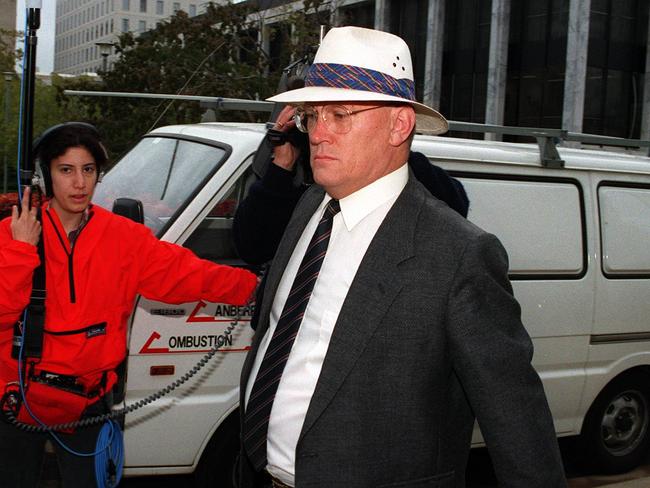
EASTMAN was searching for a gun in the months leading up to the murder. Telephone records revealed Eastman rang a number of gun sellers who were advertising weapons in the pages of the Canberra Times and police have further evidence of him having inspected guns at the homes of sellers.
SIGHTINGS of a car similar to Eastman’s Mazda near the murder scene. Three people gave evidence of seeing a car similar to Eastman’s parked outside the Winchester home in the days prior to the murder.
EASTMAN’S failure to recall where he was on the night of the murder. When he was questioned by police the day after the murder he was unable to recall specifics of where he was or what he was doing, simply saying he had just driven around. “The Crown case as to this matter was that Mr Eastman did not wish to commit himself to an account of where he was that night since he surmised that he may well have been observed,” the DPP submission said. “The clear inference to be drawn was that someone with Mr Eastman’s intelligence and memory skills would be able to recall where they were the previous evening, and that if he declined to advise police of his movements it could only be because he had something to hide.”
INITIAL denials by Eastman that he had purchased a gun. “It was also the Crown case that Mr Eastman decided to admit to searching for and buying guns not because he wanted to be frank but because it was finally brought home to him that any denial simply could not be believed,” the DPP submission said.
Originally published as Accused cop killer David Eastman cleared of murdering AFP assistant commissioner Colin Winchester


